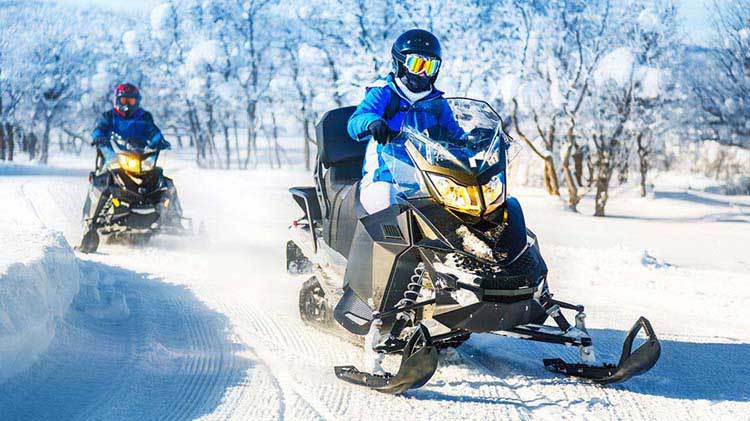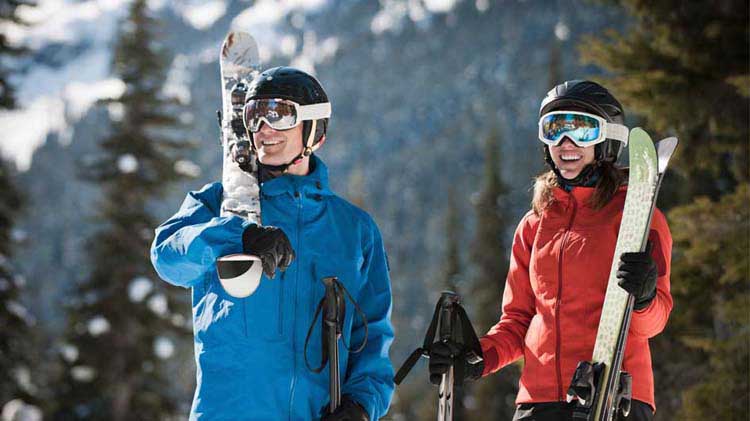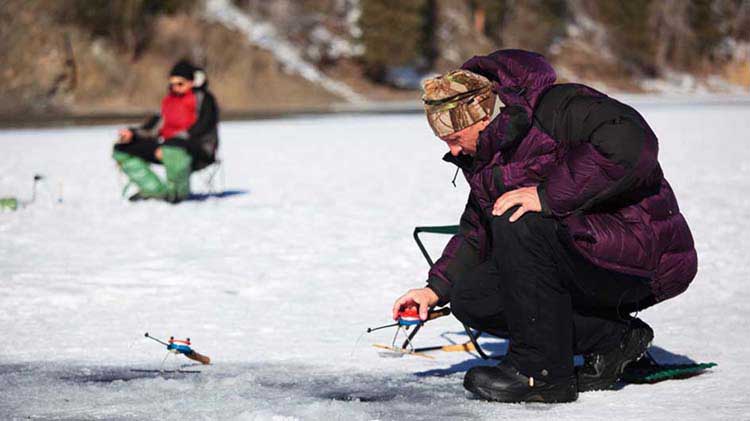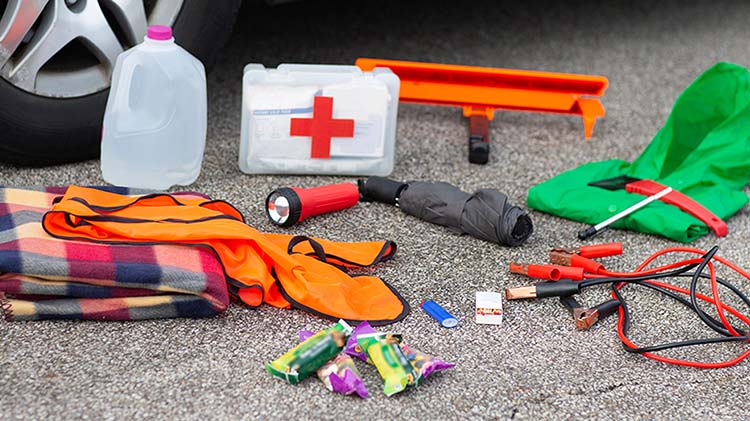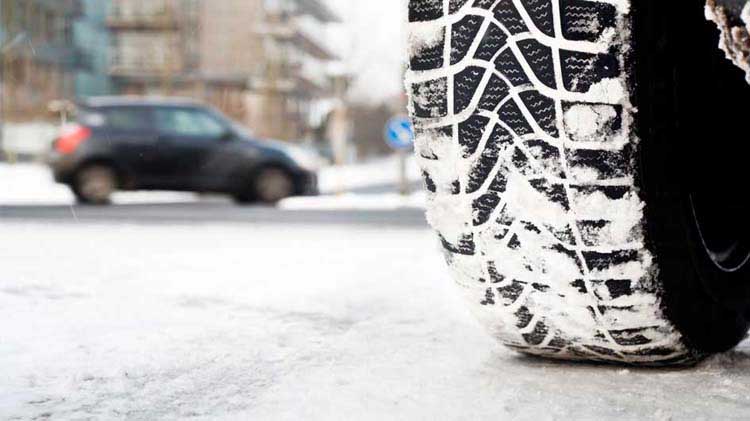Snowmobile riding tips for beginners
Learn how to be prepared and stay safe when you hit the trails this winter.
If you're new to snowmobiling, you may not be familiar with all the preparation that goes into a day on the trails. Consider these simple tips to help you stay safe as you start out.
Before you head out on your snowmobile
- Contact your insurance agent to review your riding history and discuss ways to help protect yourself with snowmobile insurance.
- Check your state and local requirements regarding licensing, safety certificates and any additional training.
- Register your snowmobile and check that your current registration decal is applied.
- Inspect your fuel and fluid levels along with the overall condition of your machine.
- Review the weather forecast before you leave for the day, paying attention to both the temperature and the wind chill.
Have an agent contact me with a quote
Snowmobile gear
- Wear appropriate cold weather gear such as a snowmobile suit, snow bib, jackets, and gloves to cut the wind, repel water and allow ventilation. You may also consider dressing in layers since temperatures can shift during the day.
- Face or ski masks, also known as balaclavas, may help protect your face and neck. Try to avoid scarves since they can easily tangle or snag on things.
- Try gloves or mittens with removable liners. Removing the liners can help the gloves dry faster, but can also be used as a light glove by themselves. Or you can use the shells as a second pair of gloves if it gets too warm.
- Consider hand warmers in gloves and boots.
- Wear a helmet that meets the current Department of Transportation certification standards. Use an anti-fog spray on your goggles or helmet visor so your vision isn't compromised while riding.
- Bring a cellphone in case of emergency. Remember to fully charge it before you hit the trail.
Snowmobile riding tips
Below are some basic riding techniques.
- When riding uphill, kneel and lean forward. Maintain your speed until you get to the top.
- When riding downhill, stay seated as far back on the seat as possible. Stay in low gear and pump the brakes firmly every few seconds. Allow riders coming up the hill to pass you before going down.
- Lean into turns to gain more control. Placing more body weight forward and into the turn keeps the inside ski on the ground for traction.
- If you must stop, pull off to the right as far as you can, and try not to stop on a hill or curve.
- If you have to cross a road, and it's not an actual snowmobile crossing, pick a point with good visibility in both directions. Come to a complete stop and look both ways before crossing. Drive forward slowly — your snowmobile will feel different on pavement.
- Only carry a passenger if your snowmobile is built for it. A passenger will change the center of gravity and steering will feel different. See that your passenger knows to lean into turns with you and holds on at all times.
Snowmobile safety on the trail
- Know the area. It's a good idea to study the trail maps and become familiar with the riding trails so that you can be better prepared for potential hazards. Fresh snow can be especially dangerous as it covers possible obstacles in your path or can reduce visibility.
- Be aware of the differences between private land and public trails. Pay attention to signs making the distinction or check with the local Department of Natural Resources where you will be snowmobiling.
- Travel with other snowmobilers and let someone at home know where you're headed and when you plan to be back. It's not a good idea to go alone.
- Use good judgment and don't be overconfident while riding.
- Don't follow others too closely, and learn hand signals with your group.
- Watch for hazards such as trees, barbed wire and other snowmobilers. Again, pay attention to signs designated just for snowmobilers on marked trails, such as stop ahead or yield.
- Ride sober.
- Go slower at night.
- Ride on the right side of the trail.
- Bring a snowmobile backpack and fill it with a whistle, flares, tarps, radios, first aid kit, water and nonperishable food items. If you're planning a longer trip, bring a shovel, warming blankets and supplies to build a fire.
Being prepared and remembering these simple snowmobile tips can help you stay safe and have fun on the trail. Check out these snowmobile storage tips when the season is over.
